We know from historical records that human beings have been finding the remains of large unknown animals for thousands of years. The ancient philosophers who mentioned such fossils usually described them as coming from mythical creatures like giants or dragons or griffons. The idea that these bones belonged to animals that had gone extinct is actually a very new one; even Thomas Jefferson wrote that God would not allow a species to go extinct.
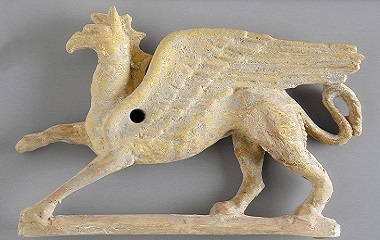
It wasn’t until the early 19th century that scientists began to really study these fossils in earnest and realized that some of these creatures, trilobites for example, simply no longer existed anywhere on Earth. So the science of paleontology began. One of the major factors that led to this revolution were the unearthing of some bones that belonged to very large reptiles in Oxfordshire England by the Reverend William Buckland a professor at Oxford and literally the first person to be officially called a Professor of Geology.
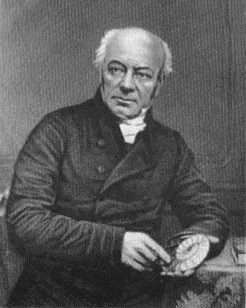
Buckland knew that the bones he’d discovered belonged to reptiles not mammals not only because of their anatomical shape but also because the bones of cold-blooded reptiles are denser, not like the bones of mammals that have many more blood vessels flowing through them. Buckland estimated the size of his creature at as much as forty feet. (Notice I’m using Imperial units here because we’re talking about an early 19th century English scientist.)
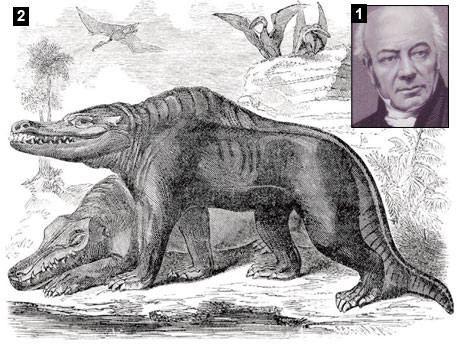
It was just two hundred years ago; in 1824 that Buckland published his results naming his creature Megalosaurus, which literally means ‘big lizard’. A year later Buckland would describe a second reptile, almost as big as Megalsaurus, which he named Iguanodon because its bones reminded him of those of an iguana, only much larger. It wasn’t until 1841 and the discovery of several other large extinct reptiles however that it was decided to group these animals together under the name Dinosaur, meaning ‘Terrible Lizard’.
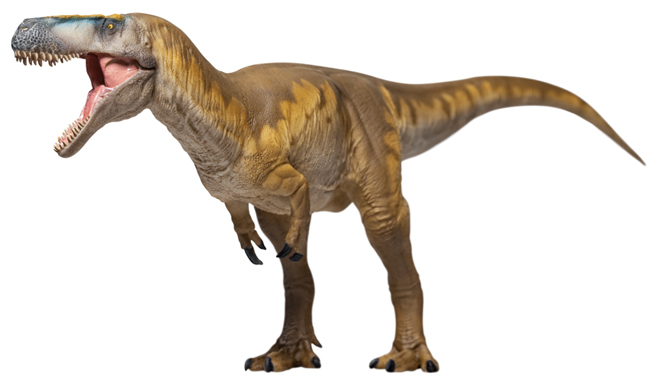
Now Buckland had only a few dozen bones to study and of course since these were the first dinosaurs to be analyzed he only had living reptiles to compare them to. He did correctly guess that Megalosaurus was a meat eater while Iguanodon was an herbivore, but he also pictured both as clumsy overgrown lizards walking on all fours and probably amphibious in nature.

Soon after the discovery of those first dinosaurs other kinds of extinct reptiles, like the Ichthyosaur (fish lizard) and the pterosaurs that had leathery wings that enabled them to fly. These creatures were also described by comparing them to living reptiles with Ichthyosaurs being depicted as something like a crocodile while it was assumed that at best the pterosaurs could only glide with their wings. All in all the creatures who lived during the ‘Age of the Reptiles’ the Mesozoic era were thought to be slow moving, slow witted, spending at least some of their time in the water and basically just big versions of monitor lizards and crocodiles.
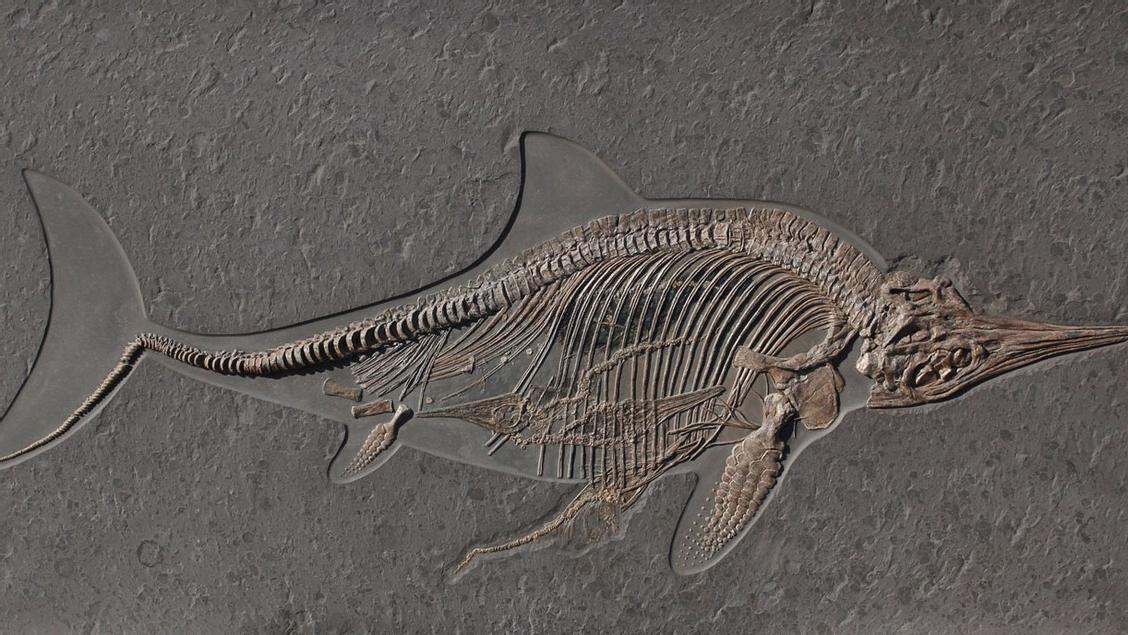
It’s taken a long time to correct those early impressions and in many ways of course we’re still learning about the many wondrous creatures of the Mesozoic Era. One of the biggest discoveries came from right across the Delaware River from where I live. In 1858 a farmer named John Estaugh Hopkins in Haddonfield, New Jersey dug up some large bones from a marl pit on his land. Hopkins showed the bones to a friend William Parker Foulke who then dug out many more bones.
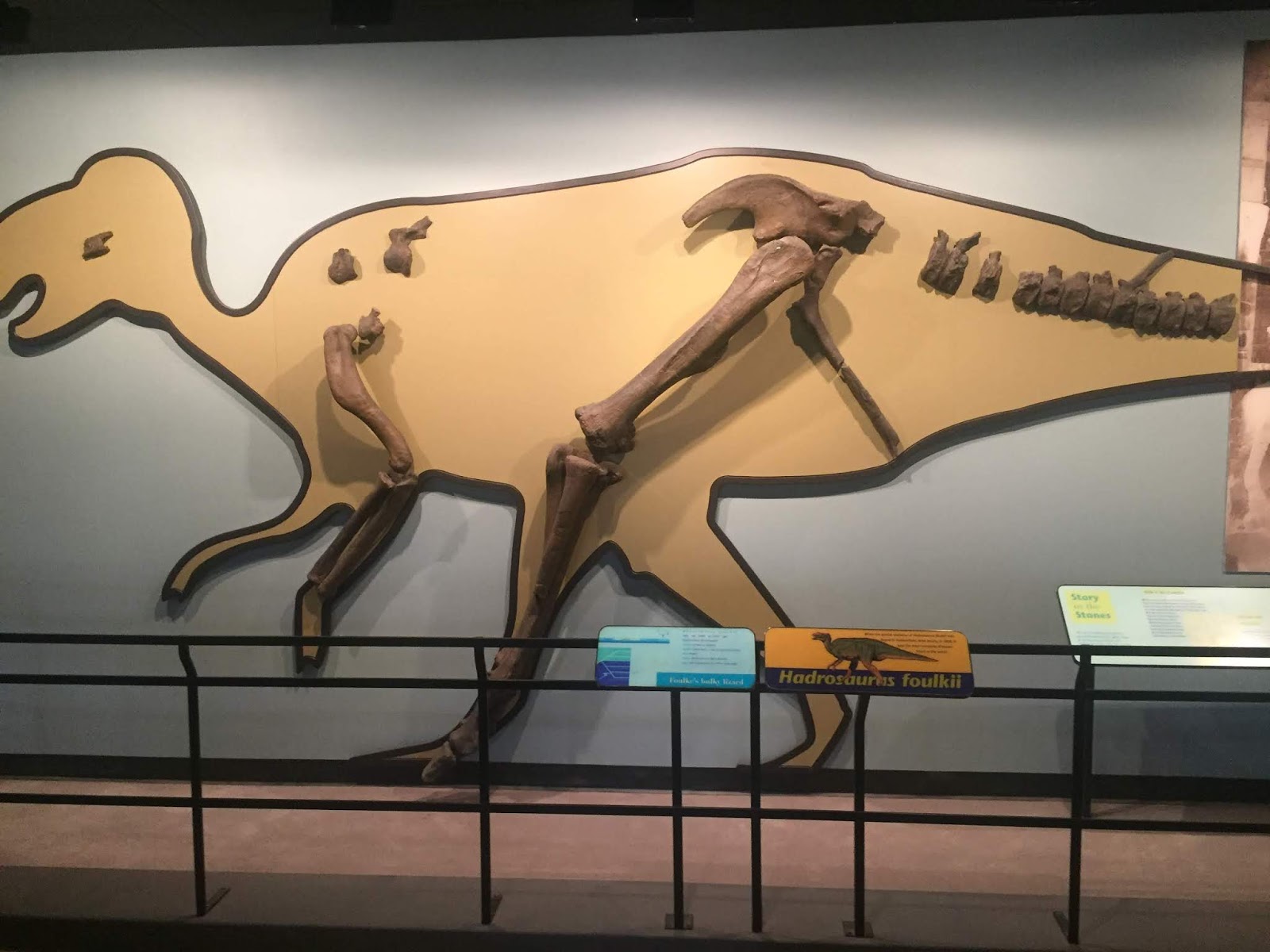
Foulke contacted the geologist Joseph Leidy at the Academy of Natural Sciences in Philadelphia who brought the bones to the Academy for study. Eventually Leidy had more than seventy bones and teeth fragments of the animal, by far the most complete dinosaur skeleton at that time and when published the animal was named Hadrosaurus foulkii. The completeness of the skeleton, including rather compete forelimbs and hindlimbs, enabled Leidy to make the astounding assertion that H foulkii walked on two legs. Then, 1858 H foulkii became the first full dinosaur skeleton to be mounted and publicly displayed at the Academy, where I have seen it many times.

Before long it was realized that many species of dinosaur were two legged. Famous examples include Tyrannosaurus rex and other meat eaters along with the plant eating ‘Duck Billed’ dinosaurs like H foulkii. Even Buckland’s original dinosaurs Megalosaurus and Iguanodon are now accepted as being two legged.
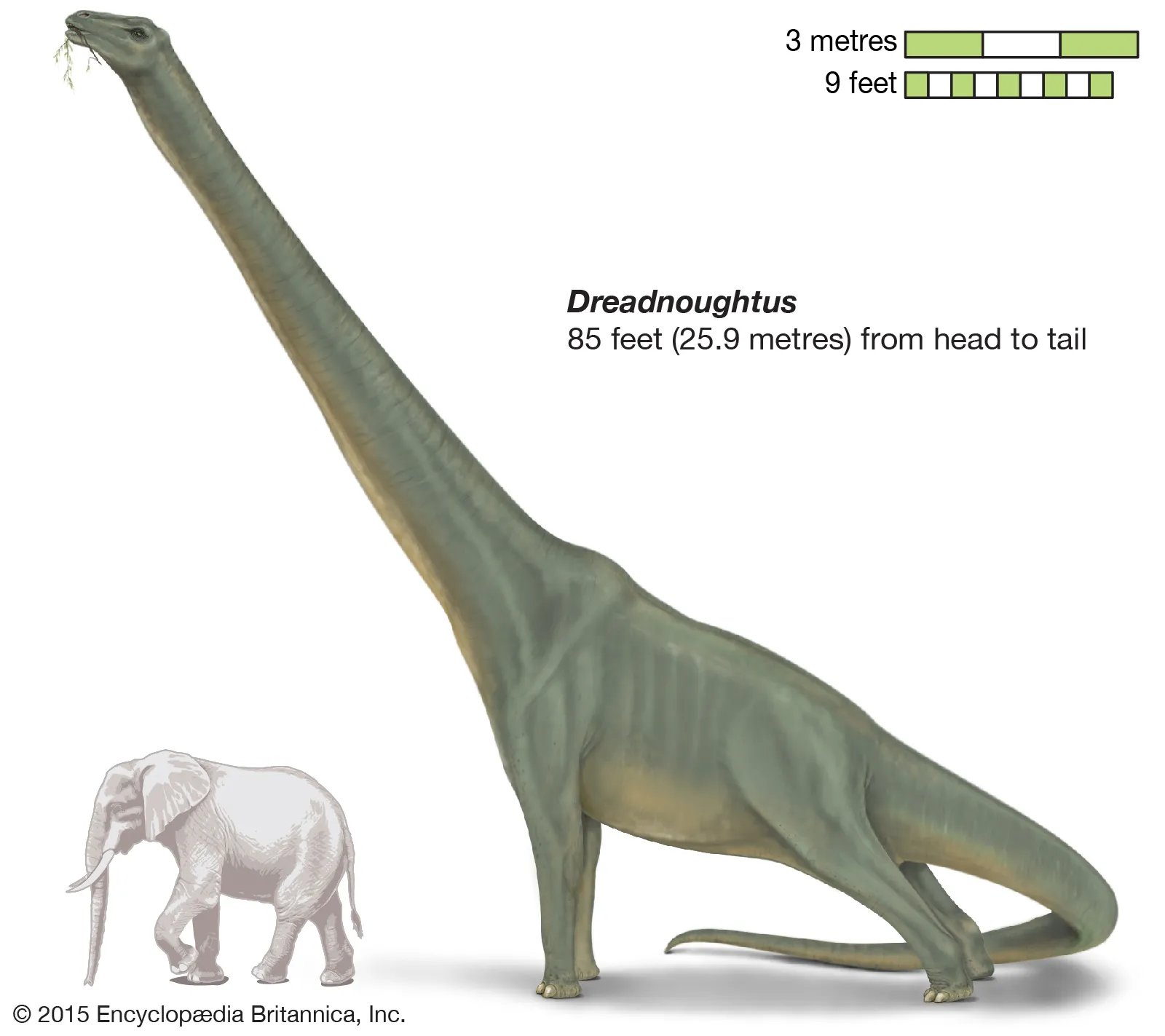
Not all dinosaurs are two legged however. Along with the horned dinosaurs like the Triceratops and the armored Stegosaurus and Ankylosaurus there were the Sauropod dinosaurs, some of which were among the largest animals to have ever lived. Despite the growing variety of species however the dinosaurs were still thought of as cold-blooded reptiles, slow moving, solitary in nature and probably monochrome in colour.

This view persisted right into the 1960s. It’s how I first learned about dinosaurs. In the decades that followed a series of fossil sites changed much of our view of how some dinosaurs lived. A dinosaur graveyard in Alberta Canada that contained scores of dead Triceratops showed that some species must have lived in large herds and therefore must have possessed some social behavior. At the same time the nests of a species of duck billed dinosaur called Maiasaur were unearthed that showed evidence that the babies were being cared for by the parents, Maiasaur means ‘Good Mother Lizard’. Some paleontologists then even considered the possibility that some dinosaurs were warm-blooded. In fact some now maintain that the dinosaurs haven’t really gone extinct, they argue that our modern birds should be reclassified as dinosaurs.
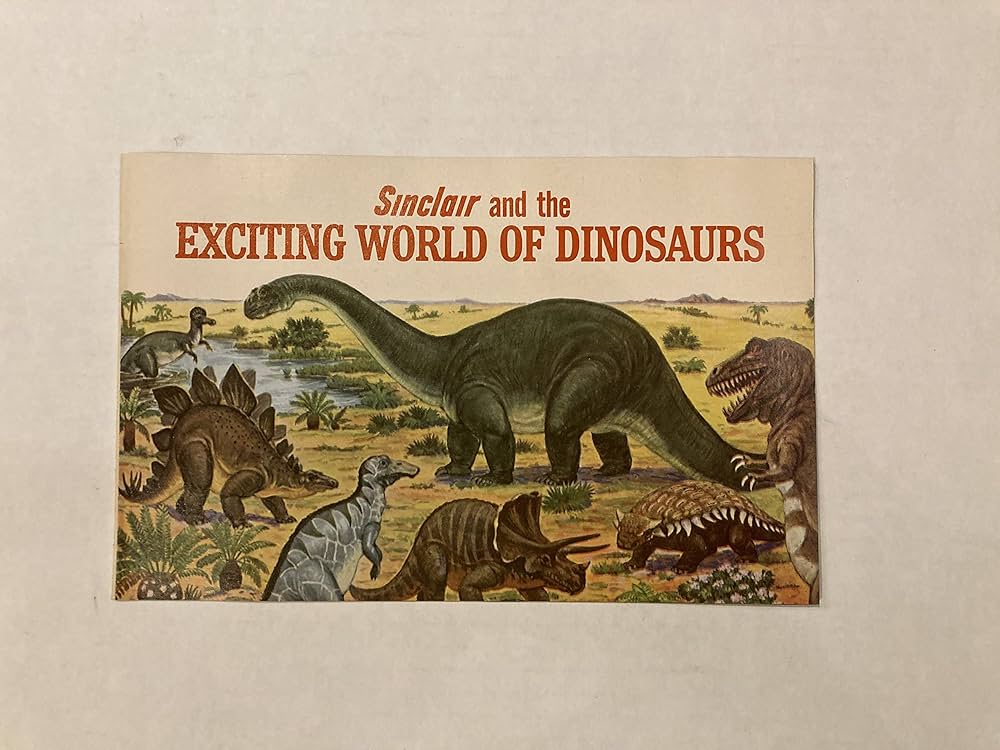
So we’ve come a long way. From dinosaurs being just big reptiles to them being a fascinating group with a tremendous variety of different lifestyles and behaviors. We should celebrate the dinosaurs therefore; after all they ruled our planet for 150+ million years, far longer than we have. Remember, if it weren’t for that asteroid they’d probably still be here, and we wouldn’t!
